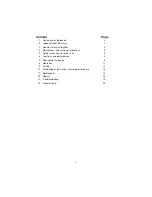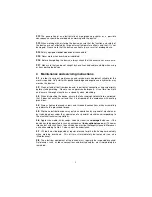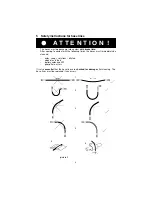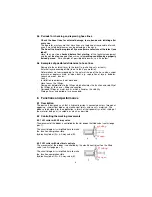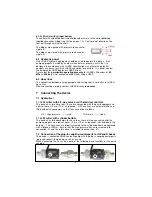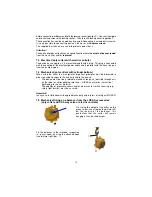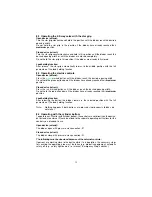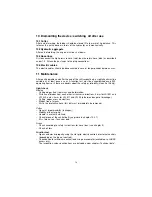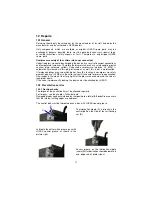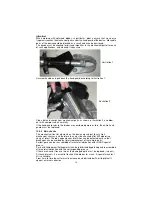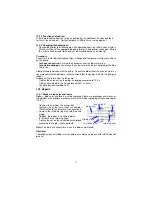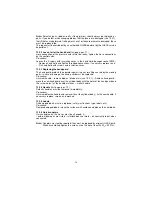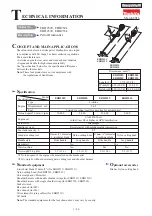
3
1
Correct use of the device
1.1.
The device has been constructed according to the latest technology and the
recognised safety regulations. However, danger to life or limb can arise for the operator
or third parties occur during use or the device and other items can be damaged.
1.2.
Only use the device in perfect condition and according to the instructions, safely
and safety conscious! Immediately repair (or arrange repair of) malefunctions which
can affect safety!
1.3
The cutter is mainly used in recycling and demolition works. The cutting tool is
intended for long-term industrial use. It is designed for cutting steel, sufficiently hard
non-ferrous metals, steel sheets and cables. Depending on the type of use, devices
are available with different blade shapes.
Typical cutting performance is listed under „Technical Data“.
1.4
The following must not be cut:
-
energised
cables
- Pipes with pressurised gas or fluids
-
Pre-tensioned
and
hardened
parts such as springs, struts, steering columns
and millings
- Mixed materials, e.g. steel/concrete
1.5
The device (without electrical controls) is suitable for
underwater use up to 40 m.
1.6
Devices with cylinder bottom are intended for externally controlled processes.
They are mainly used on robots, cranes or other manipulators.
1.7
The manufacturer / supplier is not liable for damage resulting from incorrect use.
The user alone bears the risk. Correct use also includes observing the operating
instructions and the inspection and maintenance conditions.
2
Organisational measures
2.1
Always
store the
operating instructions
to hand at the location where the device
is used.
2.2
In addition to the operating instructions, generally applicable statutory and other
binding regulations regarding accident prevention and environmental protection must
be observed and applied.
This also includes the wearing of work or protective clothing, helmet with visor or
protective goggles, gloves and, if necessary, ear protectors.
2.3
The device must only be used by a properly trained person, familiar with safety
regulations, as otherwise there is a danger of injury.
2.4
Comply with all safety and risk notices on the device! Keep all safety and risk
notices legible.
2.5
Do not change the device, add or change anything on the device without the
manufacturer’s consent. This is also the case for fitting and adjusting safety equipment
and valves.


